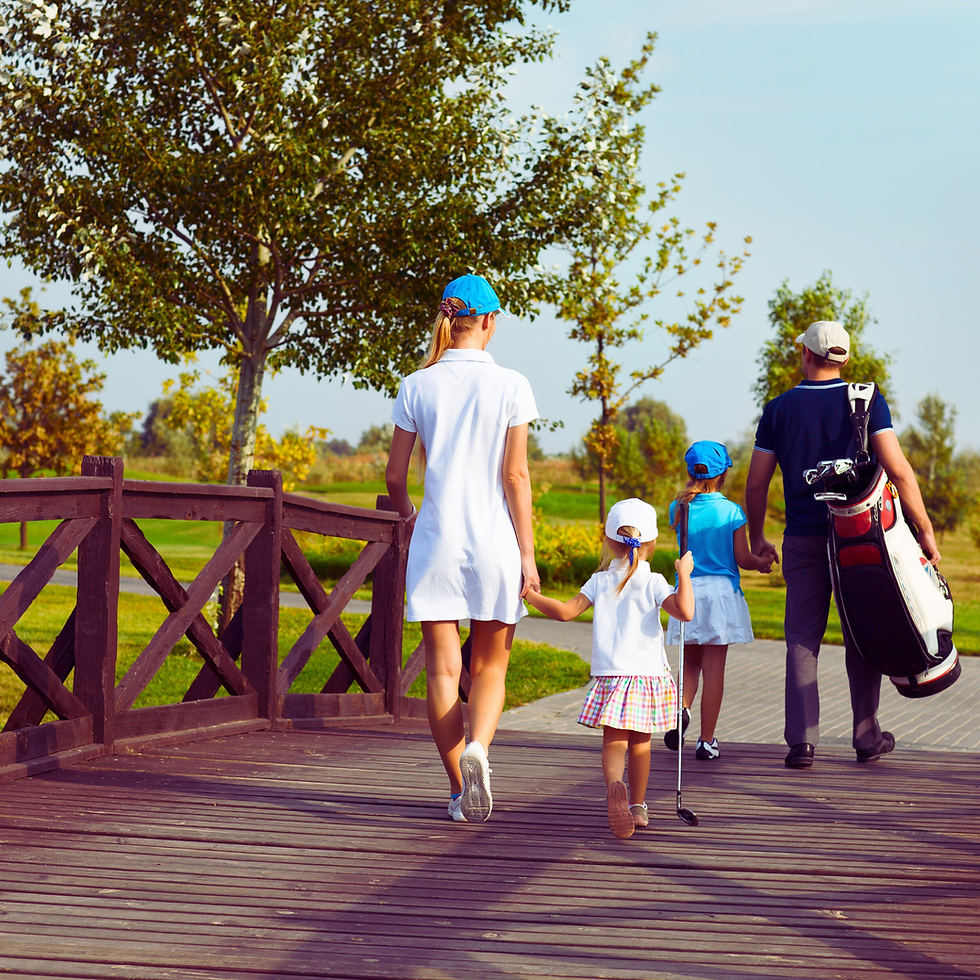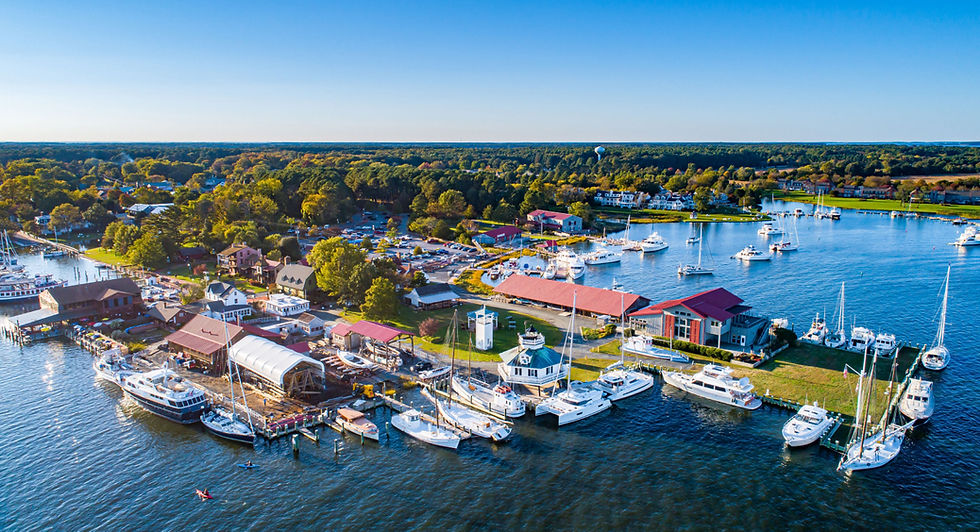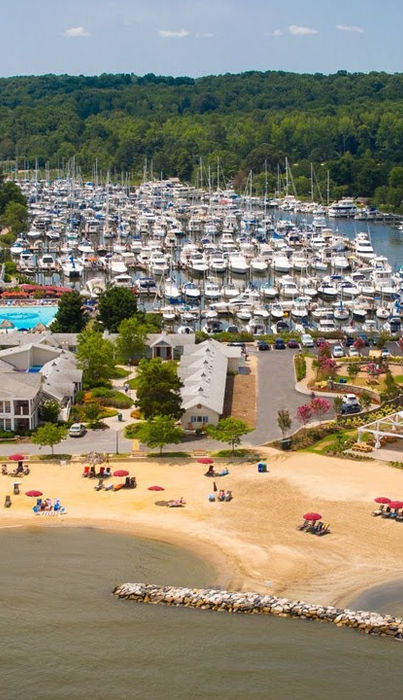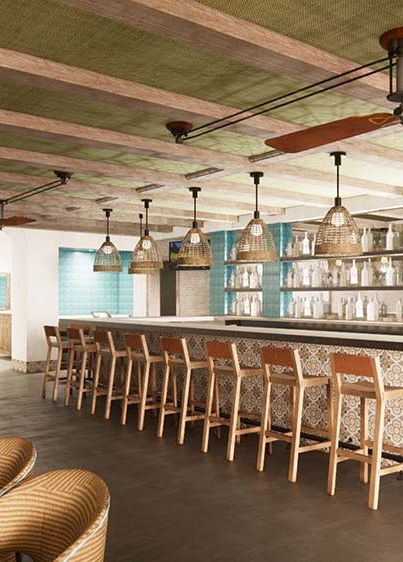
BOATING GUIDE

Plan Your Trips Smartly


conservation practices
The Chesapeake Bay’s vast waters are beautiful but can be unpredictable. From strong currents to shallow shoals, it’s essential to plan your route and be aware of potential hazards. Boaters on the Chesapeake Bay are fortunate to share the waters with incredible wildlife, but it’s important to protect these natural resources.
Common Wildlife Sightings:
- Ospreys // Often seen perched on channel markers or diving for fish.
- Bald Eagles // Frequently spotted soaring above the Bay.
- Great Blue Herons & Egrets // Found in marshy areas and along shorelines.
- Bottlenose Dolphins // Sightings are becoming more common, especially near Kent Island and the Southern Bay.
- Sea Turtles // Loggerhead turtles occasionally make their way into the Bay.
- Cownose Rays // Known for leaping out of the water near shallow areas.
Eco-Friendly Boating Practices:
- Follow No-Wake Zones near shorelines to prevent erosion.
- Use pump-out stations for waste disposal—dumping untreated sewage is illegal.
- Dispose of trash responsibly—plastic pollution is one of the biggest threats to Bay wildlife.

top marinas and docking locations

maryland boating regs

Licensing and Education Requirements
Speed Limits and No Wake Zones
Boat Registration and Titling
Required Safety Equipment
Intro
The Chesapeake Bay is more than a body of water—it’s a way of life. From the quiet coves of the Eastern Shore to the bustling harbors of Annapolis and Baltimore, this region offers some of the best boating in the country. Whether you're chasing striped bass at sunrise, docking for lunch at a crab house, or cruising under the Bay Bridge with dolphins off your bow, this guide is your compass.
We’ve mapped out everything you need—marinas, dining, fishing, rentals, seasonal events, safety tips, and more—so you can make the most of every nautical mile. Welcome to the Chesapeake. Let’s get you underway.


Contents
Explore the Best of Boating in Maryland’s Premier Waterfront Region. The Chesapeake Bay is the largest estuary in the United States and one of the most iconic boating destinations in the world. With its mix of historic harbors, scenic shorelines, world-class marinas, and abundant fishing grounds, the Bay offers something for every type of boater.
Whether you're planning a relaxing cruise, a fishing adventure, or a weekend getaway, this guide provides everything you need to navigate, explore, and enjoy the Chesapeake Bay.
01.
02.
03.
04.
05.
06.
07.
maryland boating regs
top marinas and docking locations
best fishing and crab spots
dock-and-dine restaurants
navigation hazards & safety tips
conservation practices
boat rentals, tours & events
best fishing and crab spots






.jpg)







.png)































